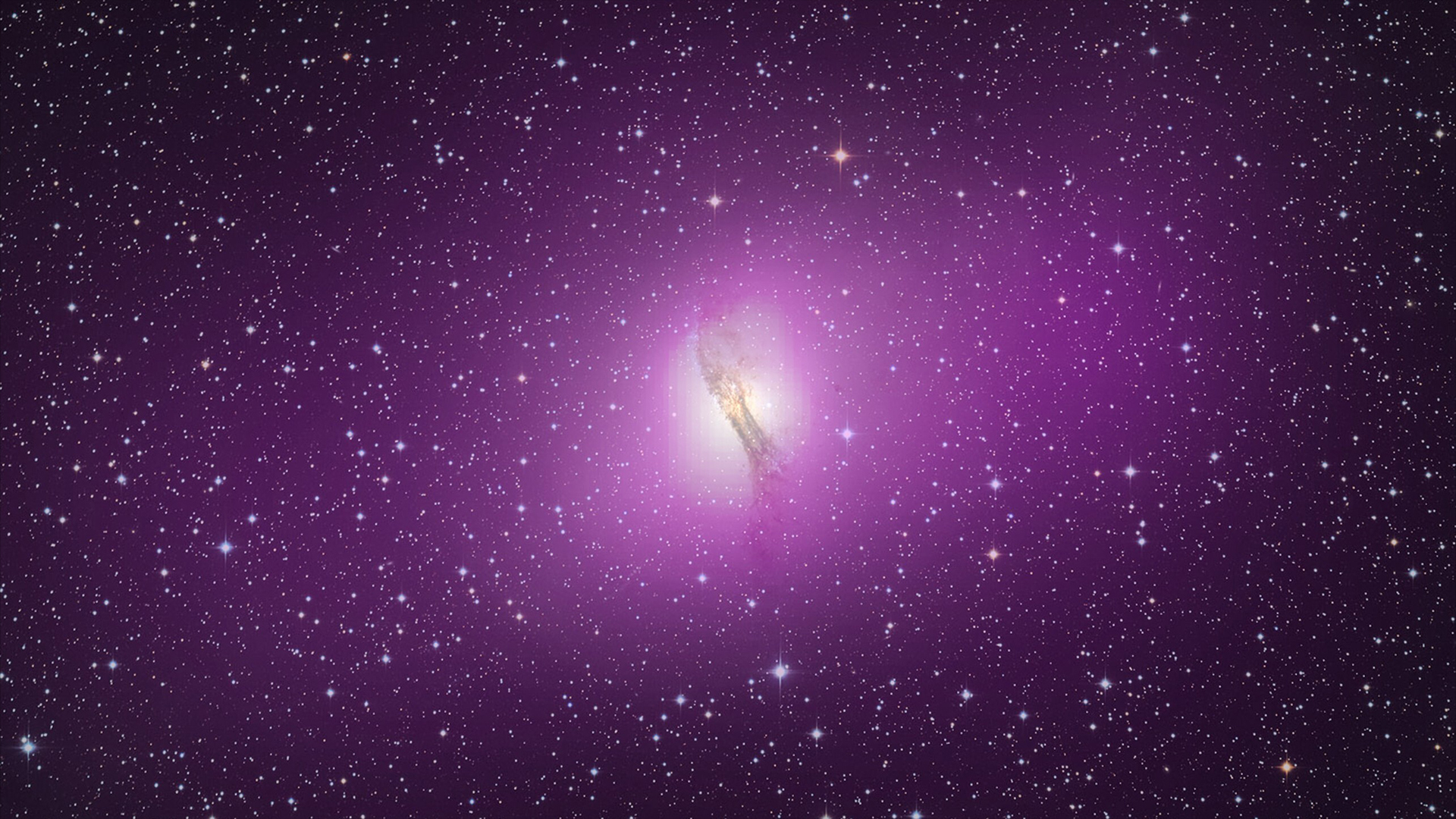
To find life on far-off planets, astronomers may need to look for pinpoints of purple.
New research unravels the light signals that are likely to come from worlds where oxygen and sunlight are in short supply — which is likely the case for many exoplanets discovered so far.
On Earth, the dominant color signal for life is green, thanks to bacteria and plants that use green chlorophyll to transform visible sunlight into energy. On a planet orbiting a smaller, dimmer star, however, organisms are more likely to thrive if they can run their metabolism on invisible infrared light.
Infrared-powered bacteria exist in many niches on Earth, especially in places where sunlight doesn't penetrate, like murky marshes or deep-sea hydrothermal vents. In a new study published April 16 in the journal Monthly Notices of the Royal Astronomical Society, Lígia Fonseca Coelho, an astrobiologist at Cornell University, and her co-authors grew a sample of these bacteria, measured the wavelengths of light they reflected, and simulated what those light signatures would look like on various far-flung worlds.
Related: Little Green Men? Nope, Extraterrestrial Life May Look More Like Pasta.
Telescopes such as the Extremely Large Telescope, which is under construction in Chile, and the Habitable Worlds Observatory, which is still in the planning stages, will be able to search for these light spectra, the study researchers said.
"We need to create a database for signs of life to make sure our telescopes don't miss life if it happens not to look exactly like what we encounter around us every day," co-author Lisa Kaltenegger, a Cornell University astronomer and director of the Carl Sagan Institute, said in a statement.
Purple is the new green
Purple bacteria belong to a phylum called Pseudomonadota, and they thrive in low-oxygen environments. Coelho and her colleagues grew 20 species of purple sulfur-producing bacteria and 20 species of purple non-sulfur-producing bacteria. They gleaned these species from a variety of environments, including preexisting lab colonies; the waters near Cape Cod, Massachusetts; and a pond on Cornell's campus in upstate New York. These bacteria actually contain numerous colorful pigments beyond purple, including orange and red carotenoids.
After determining which wavelengths of light these bacteria reflected most strongly, the researchers simulated how those wavelengths would look coming from a variety of potential exoplanets: an Earth-like environment with 70% ocean and 30% land, a 100% ocean world, a 100% frozen world, and a snowball world with half dry land and half snow.
"Our models show that depending on the surface coverage of the biota and the cloud coverage, a wide variety of terrestrial planets could show signs of purple bacteria surface biopigments," the researchers wrote in their paper. "While it is unknown whether life — or purple bacteria — can evolve on other worlds, purple might just be the new green in the search for surface life."







